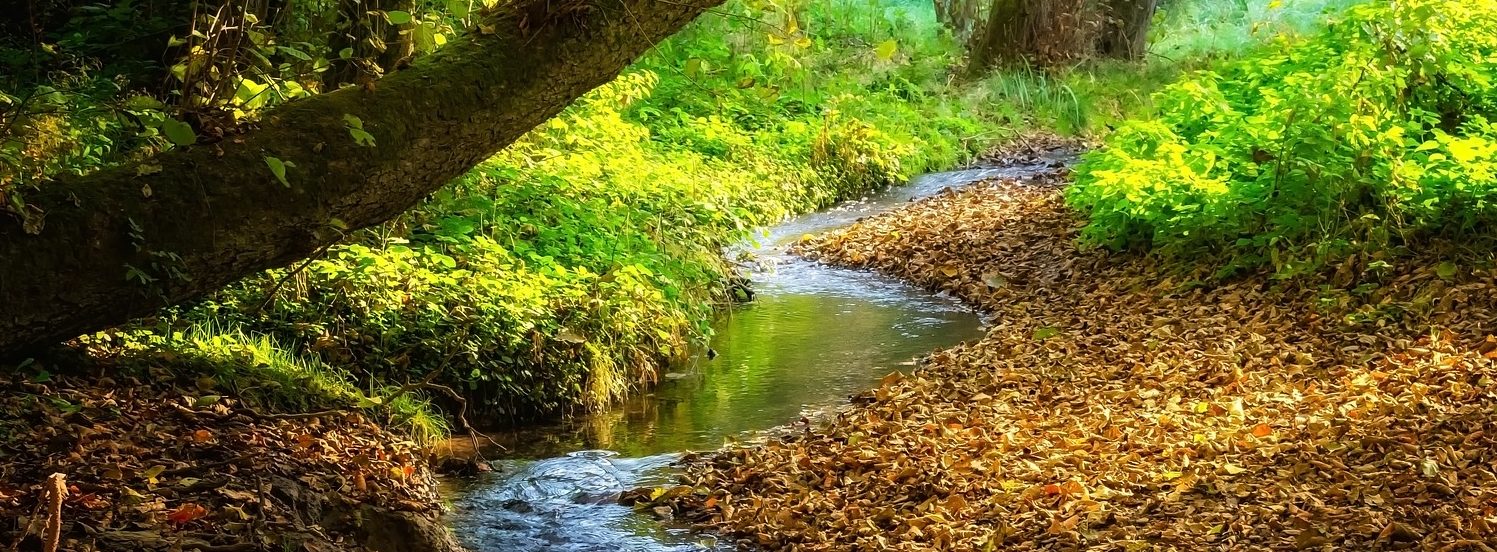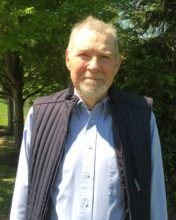I helped lead the effort in developing the Recommendations of the Expert Panel to Define Removal Rates for Individual Stream Restoration Projects with Tom Schueler of the Chesapeake Stormwater Network. The guidance was first published in 2013 with an update in 2014 after a 6-month “test drive.” There it is in print. I can no longer hide from the turmoil that I helped to create in the stream restoration industry. Honestly, the protocols breathed life into a practice that received very low scores in terms of sediment and nutrient crediting by state agencies and the Chesapeake Bay Program. Tom and I and our panel of experts did the research and developed protocols that made stream restoration by far one of the most attractive and cost-effective BMPs in the Bay Program’s tool box. This action unleashed an unprecedented flurry of stream restoration projects identified in Watershed Implementation Plans and MS4 implementation plans across the Bay watershed which are now being implemented by a thriving billion-dollar stream restoration industry comprised of engineers, hydro-geomorphologists and a few biologists. I forgot to mention big-time financiers. Also, take notice of what I said about “few biologists.”
Stream restoration today is the panacea for MS4 managers to meet their sediment and nutrient reduction commitments and we should be glad that we are focusing so many resources on restoring these blemished ecosystems. There is a big “however” having to do with several major unintended consequences. The first among these is that the protocols are complicated and (hate to admit it) not without fault. A severe training need exists among local and state governments, NGOs and practitioners in understanding their application and the appropriate siting of projects. Also, the Expert Panel felt strongly that as a qualifying condition to receive credit, projects have to be part of a comprehensive watershed plan that also addresses the root causes of stream bank erosion: impervious cover. Further, stream restoration projects are supposed to demonstrate “functional lift” or improvement to the ecosystem. Generally, this is not happening at least not to the extent that it should. Few biologists or ecologists are asked to participate in the design of stream restoration projects. As a result, municipalities are spending enormous amounts of money on projects that generate the necessary water quality credit but have no real impact on stream function.
As directed by the Bay Program’s Urban Stormwater Work Group, the Chesapeake Stormwater Network is leading several workgroups of stream restoration professionals in an effort to “tweak” and improve the technical aspects of the stream restoration protocols, including verification. Several Center for Watershed Protection staff are on these workgroups. This effort will hopefully be finalized by the end of the year and make the protocols easier to use as well as encourage monitoring to fill the gaps in knowledge that will allow for continual improvement of the protocols’ accuracy. While this effort is laudable, there will still be a major need for continued training at multiple levels, especially since some of the smaller jurisdictions are starting to get into this business. I am not sure what it will take to make these projects part of an integrated watershed plan to provide functional lift beyond the sediment and nutrient credits. Perhaps this will come after we spend billions of dollars on these projects and the taxpayers ask “why can’t I catch fish in this stream?”
As the Deputy Director of Programs, Bill’s responsibilities include program and resource development, supervision, and marketing. With over 40 years of experience in the field, Bill is the senior resident expert on staff. Before coming to the Center, Bill worked in Baltimore City and also served as a past Center Board Member. Bill has a B.S. in Biology from St. Mary’s College of MD and a M.S. in Biology from Towson University and is a professional engineer licensed in Maryland.







